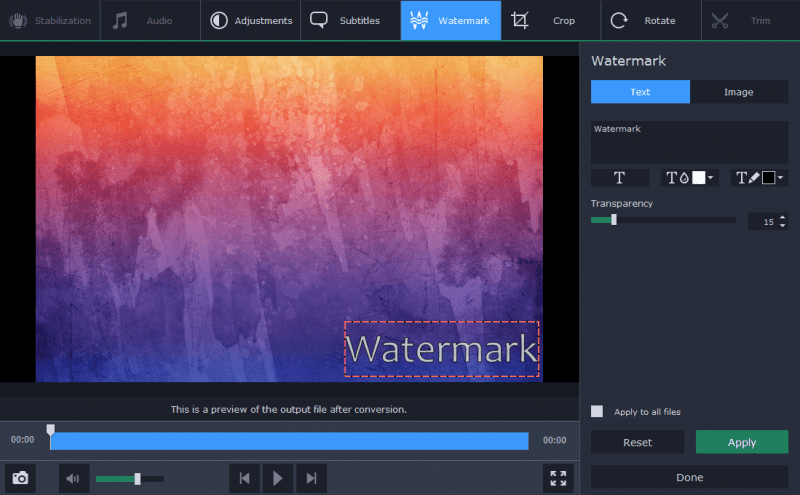Are your video files simply too large and are taking up way too much of your storage space? While you could (and should) try to get rid of any videos you don’t need or store them elsewhere – did you know that it is also possible to reduce the file size of your videos?
Simply put if there are some videos that you feel are important enough, it may be a good idea to reduce their file size. That way they won’t take up nearly as much storage space, and it will make them easier to transfer and manage as well.

If you want to reduce the file size of your videos effectively, there are a few tips that could help:
- Transcode videos using codecs with better compression rates
The video codec is part of the video format and it is what is used to compress (and decompress) the video data. Different codecs have different compression rates, and newer ones tend to compress data more efficiently.
In short, if you use a codec with better compression rates, you could reduce the file size of your video significantly. For example, by transcoding an H.264 video to H.265, you may be able to reduce its file size by up to 50%.
The one caveat is that you need to make sure the codec you use is supported by your device or the platform you want to view it on, otherwise it may not be compatible or may consume a lot of processing power.
- Reduce the video bitrate carefully
If you reduce the video bitrate, the amount of data that the video uses each second will be reduced – which will directly affect its file size. However, it will also affect the quality of the video and if you reduce the bitrate too much various types of compression artifacts will start to appear.
Simply put while this is a good option to reduce the file size of videos effectively, it must be handled carefully. Ideally, you should reduce the bitrate gradually, and check that the quality is still acceptable along the way.
- Extract shorter clips from much longer video files
In many cases, you may not be interested in the entirety of a particular video and maybe just keeping it around because there is a part of it that you find useful. If that is the case instead of keeping the entire video file, why not extract a short clip of the part that you really want to watch?
As you can imagine this method is a really effective option, albeit one that is very situational.
If you want to transcode your video, adjust its bitrate, or even trim and extract clips – you’ll need a tool that allows you to do all that. For example, you could use Movavi Video Converter, and as an added bonus you could convert and store videos in DVDs to free up storage space by following the steps at
www.movavi.com/support/how-to/how-to-convert-video-to-dvd.html.
With the help of the tips listed above, you should have no problem reducing the file size of any video. All said and done it is really just a question of which method you feel would be best and you can evaluate that on a case by case basis.
For more such posts, follow us on twitter, facebook and Instagram – @theunbiasedblog












A Very Good Article Specially For People Who Shoots Videos Much.
#TeamNikhilChawla #TeamUnbiasedBlog